Seiganto-ji Temple, First of the Saigoku Pilgrimage
Resting at the tip of the Kii Penisula, far away from any nearby cities, is the first, and oldest temple of the Saigon Kannon Pilgrimage, Seiganto-ji Temple [青岸渡寺]. As one of the oldest and most famous tourist spots in Japan a visit to Seigantoji Temple, and nearby Nachi Kumano Taisha and Nachi Falls, is truly a breathtaking experience.
Seigantoji Temple
After you take the bus from Kii-Katsuura Station for about 30 minutes, you will arrive at the Daimonzaka bus stop. Get off here if you want to walk the sacred Kumano Kodo Pilgrimage Trail. The trail still seems to be a popular attraction— most people got off the bus to walk the trail to the temple.
If you decide to take the trail, you will reach the temple in about an hour. (see our post on Nachi Kumano Taisha for more about the Kumano Kodo Trail).

Temple Grounds
According to temple records, Seigantoji’s origins date back to the 4th century when Ragyo drifted all the way from India to Kumano, where he found a Kannon statue in the famous Nachi Falls. Ragyo enshrined this statue and built what is now Seigantoji.
Some centuries later, a young Emperor Kazan went to Nachi Falls to study Buddhism. There, he had a vision of Kannon Bosatsu in the form of the god Kumano Gogen. In his vision, the god instructed him to take credence to the words of the monk Tokudo and visit the thirty-three temples dedicated to Kannon Botatsu.
In this way, Emperor Kazan embarked on the very first Saigoku Kannon Pilgrimage, which is also why Seigantoji is the first temple in the pilgrimage.
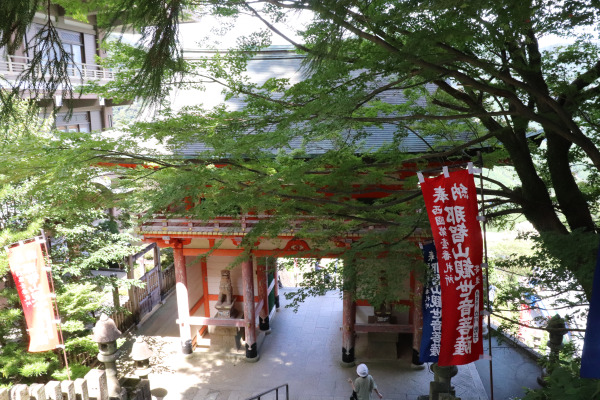
Seiganto-ji is right next to Kumano Nachi Taisha. The shrine and temple grounds were once joined. Many years, the temple was simply called Nyoirin-do, as it enshrines Nyoirin Kannon. It was only after the Meiji Period that Seigantoji and Kumano Nachi Taisha separated.
Toyotomi Hideyoshi built the current hondo of Seiganto-ji in 1590, after the original burned down. The main statue is a little (39 cm) Nyoirin Kannon Statue, which was carved by the aforementioned monk, Ragyo. Unfortunately, the main statue is only open for public viewing several times a year.
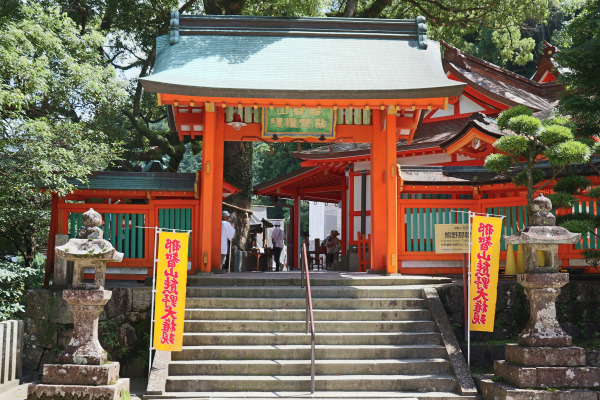
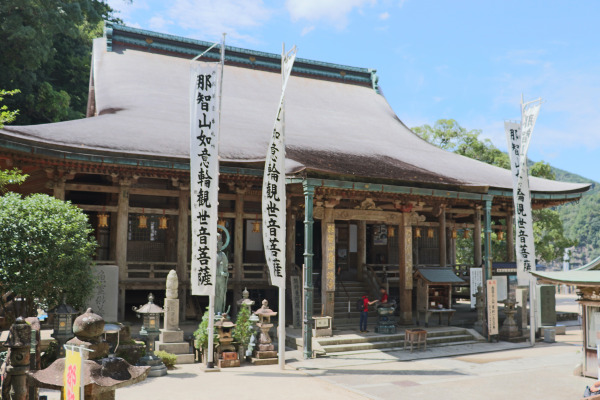
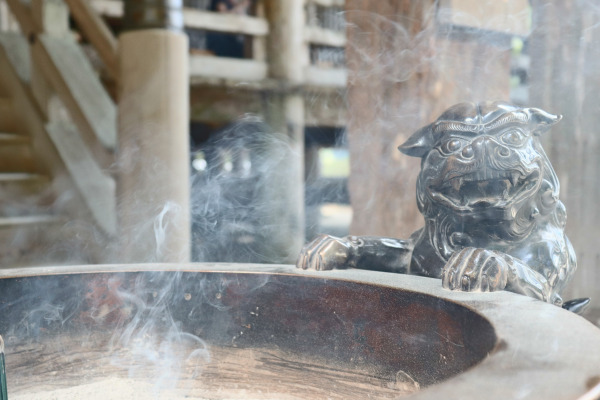
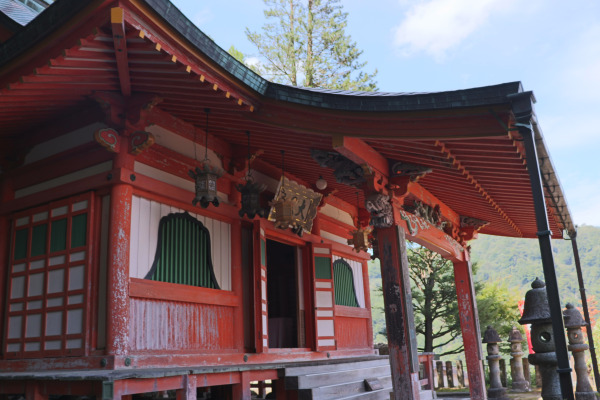
Pagoda and Nachi Waterfalls
After you visit Hondo, be sure to visit the pagoda! Though the current pagoda is hardly ancient, it dates back to 1972, it is the best spot to take pictures of the falls. All those stunning pictures of Nachi Falls in guidebooks probably come from around here.
You have to pay an additional 300 yen to get into the pagoda, but from there, you can take phenomenal pictures of the Nachi Falls with a significantly small crowd.
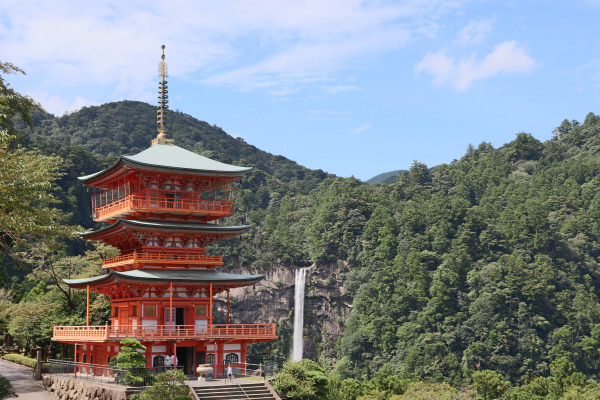
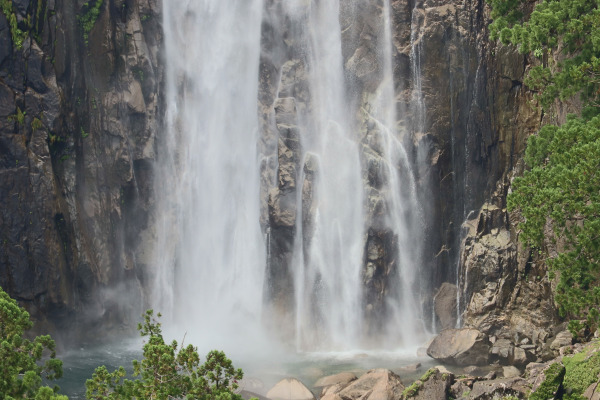
If you want to visit the falls, just go down the stairs from the temple! The waterfall is 20 minutes away from here and in Hiro Shrine.
Tired of walking? Res your feet and try Nachi Kuroame candy! This region is famous for its black stones and this candy, which looks like black stones, is quite popular too!
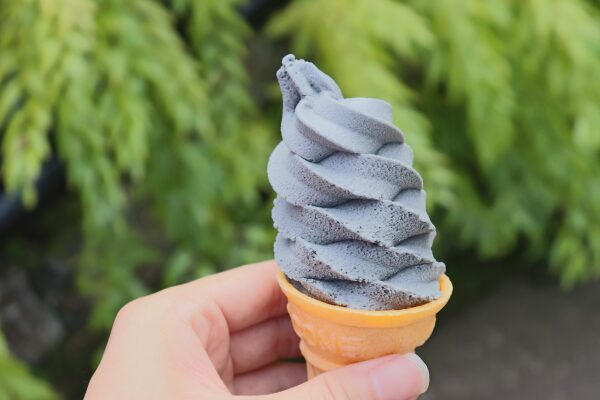
There are also several vendors throughout the shrine grounds who sell kuroame ice cream, so make sure to try it!
Information: Seiganto-ji
| Address |
8 Nachisan, Nachikatsuura, Higashimuro-ku, Wakayama Prefecture
|
| Website |
https://www.nachikan.jp/kumano/seiganto-ji/
|
| Getting To |
Osaka/ Nagoya: Take the JR Kinokuni (Kisei) Line to Kii-Katsuura Station off via the Limited Express Nanki (Osaka) or the Kuroshio (Nagoya). From Kii-Katsuura Station, take a bus for Nachi-san (#31) and get off at the final bus stop which is right next to Seiganto-ji. The bus runs only once an hour, so make sure to arrive there early in the morning.
|
| Hours |
8:00-16:00
|
| Admission |
Temple: Free Pagoda: 300 yen
|
| Note |
|

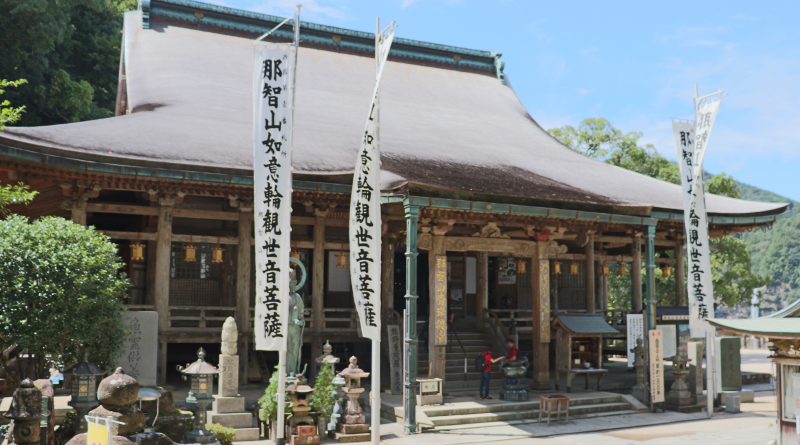
Leave a Reply